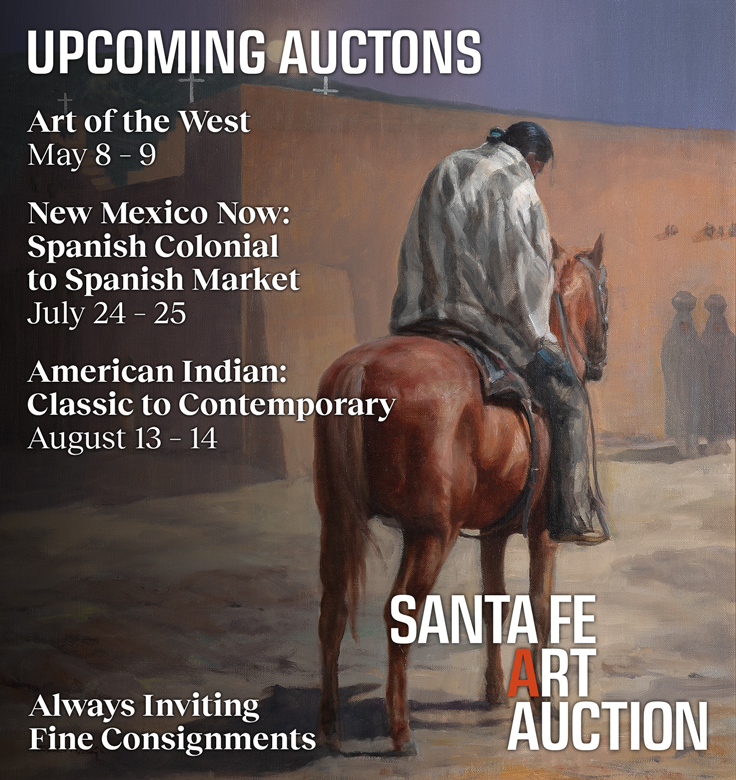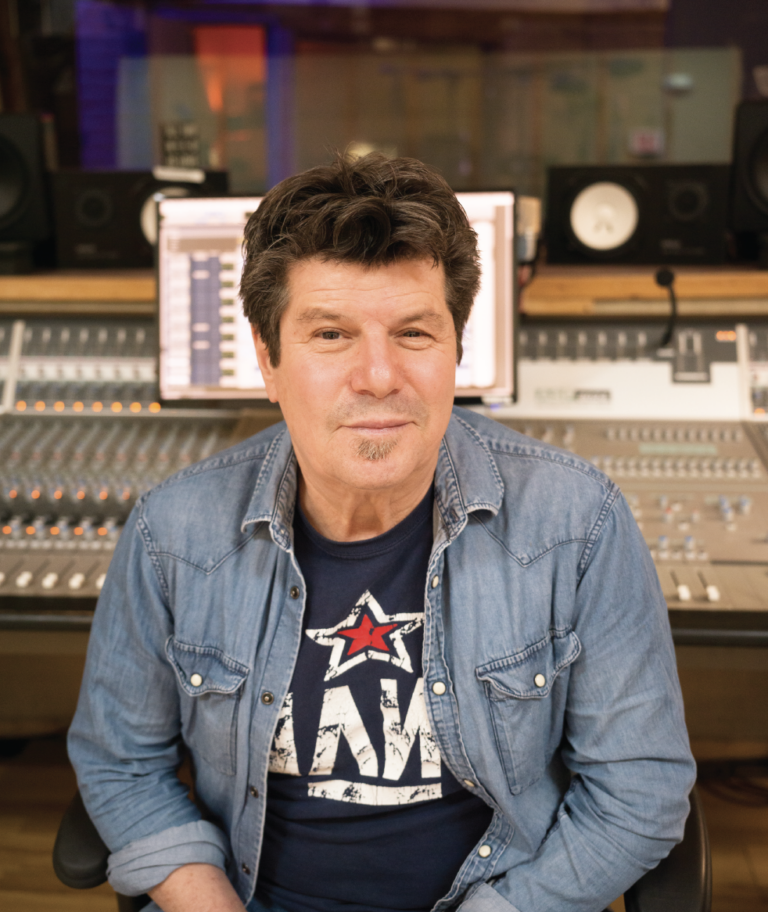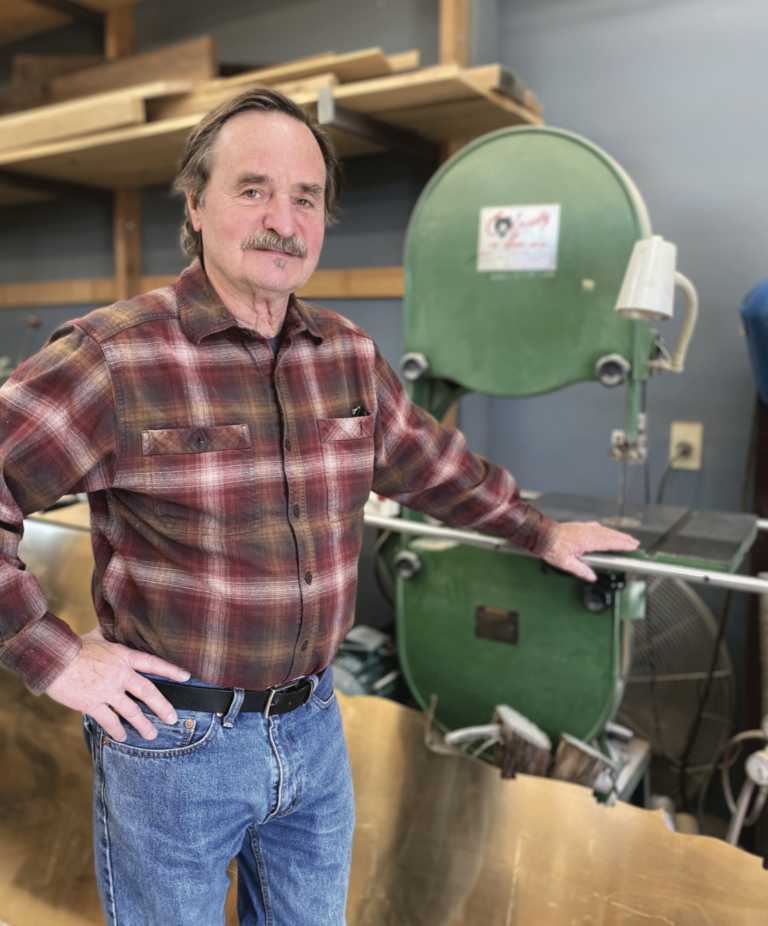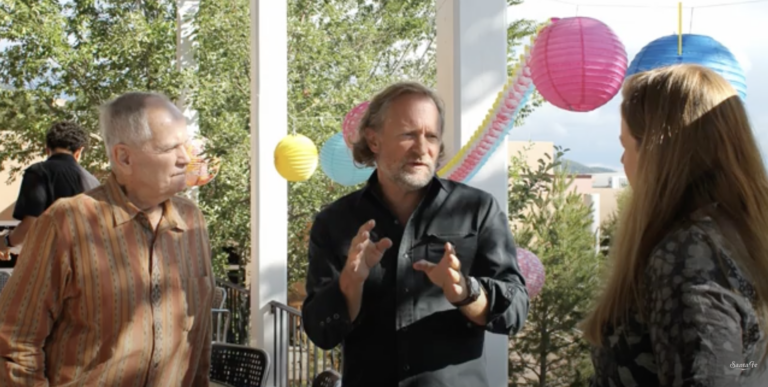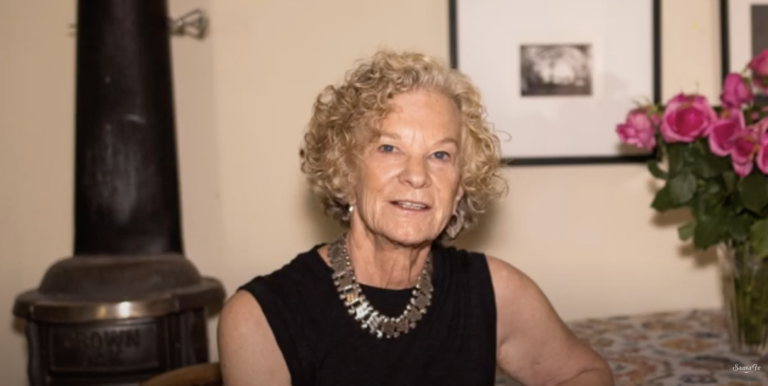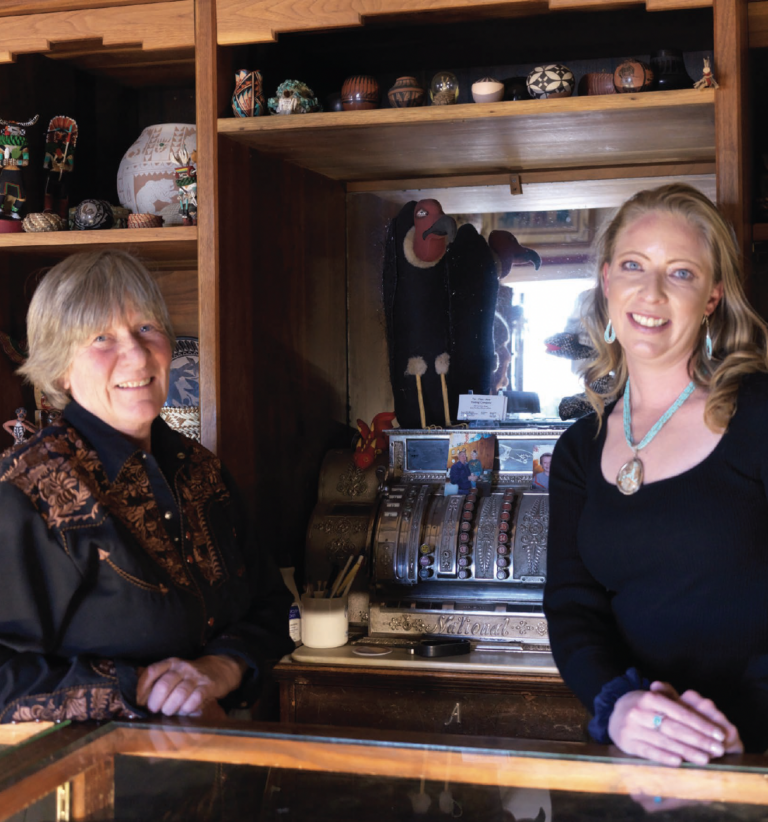IN 1912, WHEN SOME DOWNTOWN BUILDINGS BURNED, civic leaders hatched a plan to adopt the popular “City Beautiful” movement. City Beautiful was an architectural reform philosophy from the 1890s-1900s that dialed up design and urban planning for “beautification and monumental grandeur in cities.” The planners decided that adobe would be the literal building block of the new Santa Fe “look.” Buildings were razed or refaced to fall in line with the new aesthetic.
Today, all alterations or additions in the city’s five historic districts must be approved by the City of Santa Fe Historic Preservation Division (HPD). It describes its mission as “assisting community members living in one of the city’s historic districts with modifications to their properties.”
So, while we all love Santa Fe’s adobe look, the question is: What really is historic? We asked Dierdre Harris, who works with Devendra Narayan Contractor Architects and is designing the new Vladem Contemporary Museum in the Railyard.
Your firm works in a lot of historic districts in town. What sort of design restrictions do you face?
The Railyard is actually a separate entity, historic-wise, because the industrial shed aesthetic is considered authentic, so it’s the one place that doesn’t have to look like it’s trying to be adobe. So a lot of architects actually really like doing work on the Railyard because we can do something that feels a little more contemporary.
Working in downtown or on the East Side can be quite challenging because the guidelines are rigorous. It’s hard to do anything that looks even slightly contemporary. Look, we like building with actual adobe. That feels authentic, but doing something that’s faked to look like adobe feels offensive. We like to be true to what the materials actually are.
And one of the tricky things about this historic view process is that if you don’t have a lot of money, it’s impossible to do. It’s not an equitable process because you have to hire an architect to help you with multiple redesigns, multiple board presentations. The average person can’t afford to do that.
But didn’t the historic district used to be more architecturally eclectic?
Yes, so what really is historic? At one point, the Plaza actually had a lot of Victorian buildings. In 1912, there was a conscious decision for Santa Fe to take on the adobe style for reasons of tourism. So the Victorians were redone to look like they were adobe. All part of the stage set, if you will.
I’m a member of Friends of Architecture, which raises public awareness about what architecture does for the town. And there’s a lot of conversation about whether we should still be doing fake adobe.
I love Santa Fe. The old – the real – adobes are beautiful. We all value what’s already here, but we need to keep thinking creatively. One thing that’s discouraged for instance, is any taller buildings. Yet one of the biggest problems we have with housing is that most of the city is single family residential. You’re now allowed to add an accessory dwelling, but if you could build taller, we could stop building more and more and more out on I-25 and stop putting so much pressure on our streets. People could actually live closer to where they’re working.
We all appreciate the density of downtown with its older architecture. So how do you retain that character while also allowing the city to sort of come into this century and address the needs of the people who live here now?
Not allowing any increase in density doesn’t address the fact that teachers and policemen and librarians have to drive up from Rio Rancho every day because they can’t afford to live here.
One of the big problems was that there was almost no housing built for a number of years, which was tied to the rules around having to be able to build a certain percentage of affordable housing, and that made it difficult for developers to actually get their projects to pan out. So they’ve altered the ratios for that, but it will take a while to catch up.
WANT TO READ MORE? SUBSCRIBE TO SANTA FE MAGAZINE HERE!
Photo SFM

